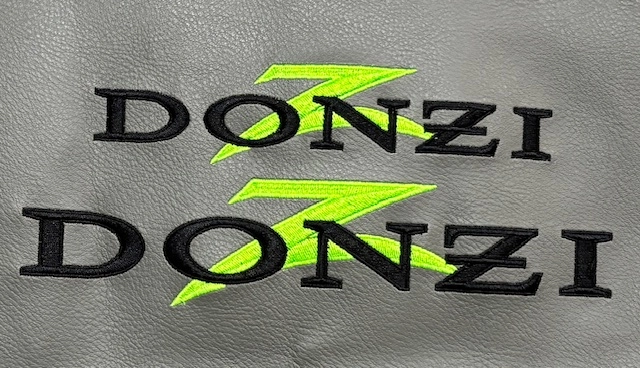The Art of Custom Needlework: Unlocking the Secrets to Creating One-of-a-kind and Memorable Designs
The tricks to creating custom embroidery designs that astound the eye and leave a long-term impact lie in a fragile equilibrium of method, imagination, and interest to detail. As we delve right into the globe of personalized needlework, we discover the nuanced interplay between string option, sew complexity, and design personalization that elevates a plain garment to a job of art.
Selecting the Right Embroidery Threads
When selecting needlework threads, what key variables should you think about to ensure the most effective results for your custom styles? The choice of needlework thread is vital in identifying the final result of your stitched style. One of the main considerations is the product of the string. Different products such as cotton, polyester, rayon, and silk use varying degrees of sheen, durability, and structure. It is important to pick a thread product that enhances the material you are embroidering on and lines up with the desired appearance of the design.
In addition, the weight or thickness of the string plays a considerable duty in the appearance of the needlework. Thicker threads can add dimension and appearance to your design, while finer threads are suitable for elaborate information and small message. In addition, thinking about the color fastness and washability of the thread is crucial to make sure that your personalized designs preserve their high quality and vibrancy over time. By thoroughly examining these elements and choosing high-quality threads that fulfill your particular needs, you can boost the visual appeal and long life of your embroidered creations.
Exploring Various Stitch Methods
To explore the world of 'Checking out Various Stitch Techniques', one should comprehend the ins and outs and nuances that each sewing technique brings to the art of needlework. Different stitch strategies not only add aesthetic interest yet likewise add to the general texture and measurement of the style. One preferred stitch method is the satin stitch, which involves carefully packed parallel stitches to produce a smooth and glossy surface, perfect for filling out forms and producing bold details.
On the other hand, the backstitch is a flexible technique usually utilized for outlining and adding great details. It includes sewing backwards to develop a solid line of needlework. Additionally, the French knot stitch adds a responsive element to layouts, ideal for developing textured accents like blossom centers or ornamental touches.
Exploring different stitch strategies allows embroiderers to have fun with light, shadow, and depth within their layouts, boosting the visual charm and imaginative quality of their needlework tasks. By grasping numerous sewing methods, one can unlock countless possibilities for producing one-of-a-kind and memorable custom-made needlework items.
Incorporating Personalized Design Aspects
Having actually explored the details of different stitch methods such as the satin stitch, backstitch, and French knot, the focus currently changes in the direction of incorporating customized style elements in custom-made needlework tasks. Personalized layout components play a crucial role in making needlework tasks absolutely unique and memorable.
One more way to integrate customized layout components is by including icons or themes that hold unique significance to the recipient or reflect their interests and personality. Incorporating a favorite blossom, animal, or hobby-related symbol can make the needlework design more significant and individualized. In addition, choosing shades that reverberate with the recipient or line up with the intended motif can additionally enhance the personalization of the embroidery job.
Mastering the Art of Shade Coordination

One key aspect of shade control is comprehending color theory. This consists of recognizing exactly how different colors connect with each other, the emotions they share, and just how they can be integrated to produce aesthetically enticing styles. By using shade theory principles, embroiderers can develop harmonious color schemes that improve the overall look of the layout.
Furthermore, paying interest to contrast is critical in color control. Using contrasting colors can aid specific components of the layout pop, improve readability, and create an aesthetically vibrant needlework piece. By mastering the art of shade sychronisation, embroiderers can elevate their layouts and produce remarkable items that resonate with customers and visitors alike.
Enhancing Structure With Advanced Embroidery Stitches

Bullion knots, on the other hand, can be used to create twisted, ropelike components that include a glamorous feeling to the needlework. Trying out with these innovative needlework stitches permits you to push the boundaries of conventional embroidery and create really special and visually attractive structures in your styles.
Verdict
Finally, the art of custom embroidery involves a combination of selecting the ideal threads, checking out different stitch methods, incorporating customized design elements, understanding shade sychronisation, and improving structure with advanced stitches. By understanding and applying these crucial elements, embroiderers can produce special and unforgettable styles that showcase their creativity and ability. Needlework lovers can unlock the secrets to developing attractive and custom pieces that stand apart and leave a lasting impact.